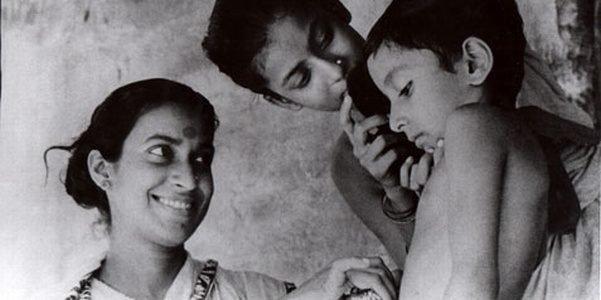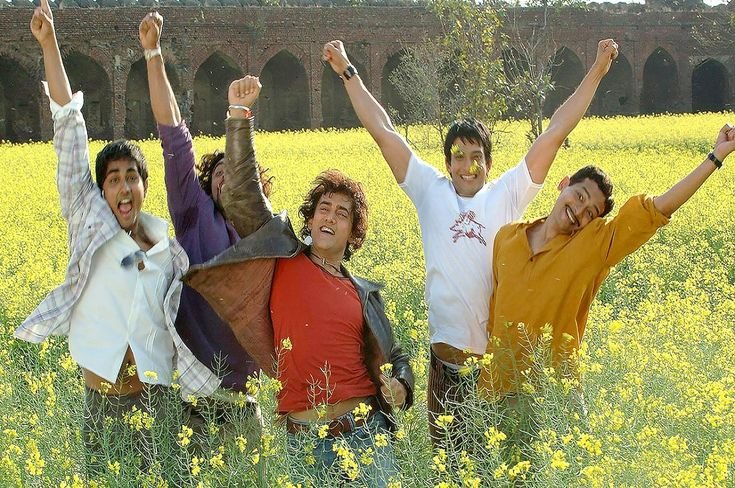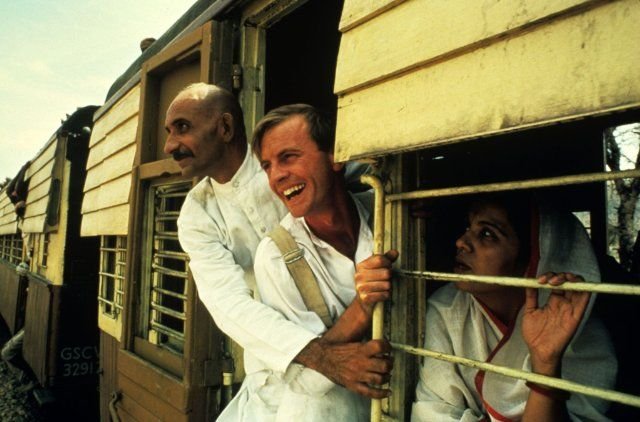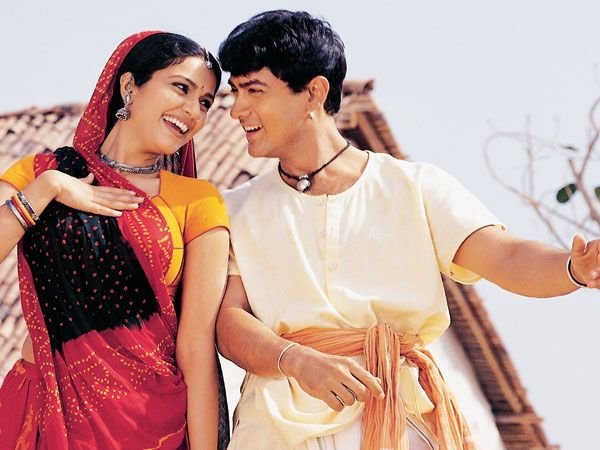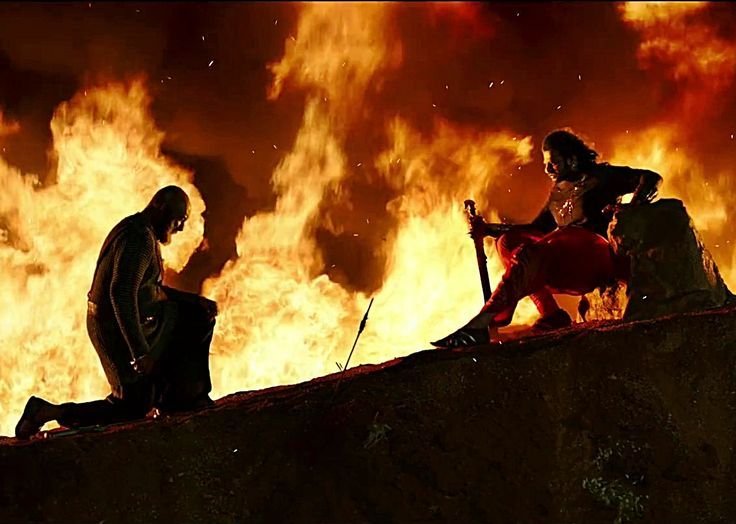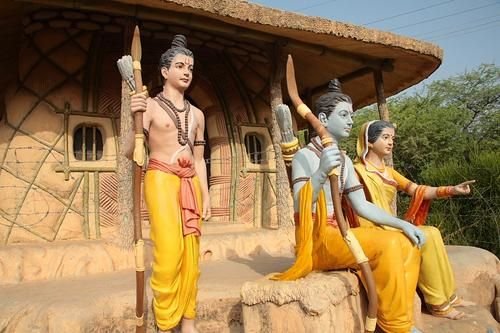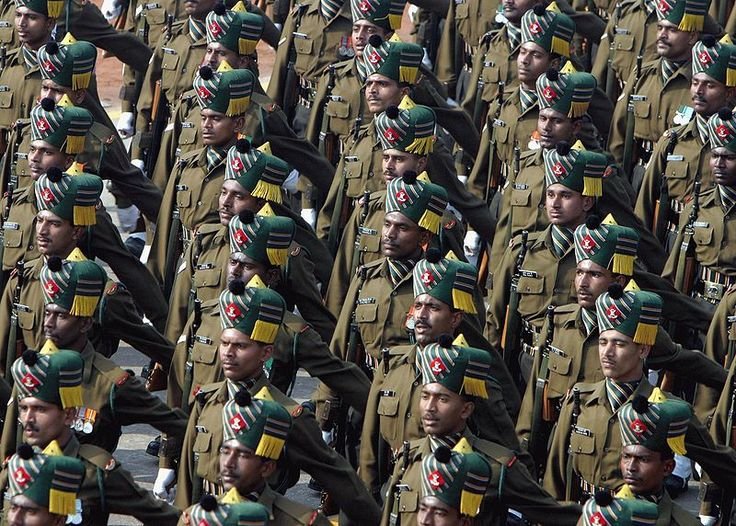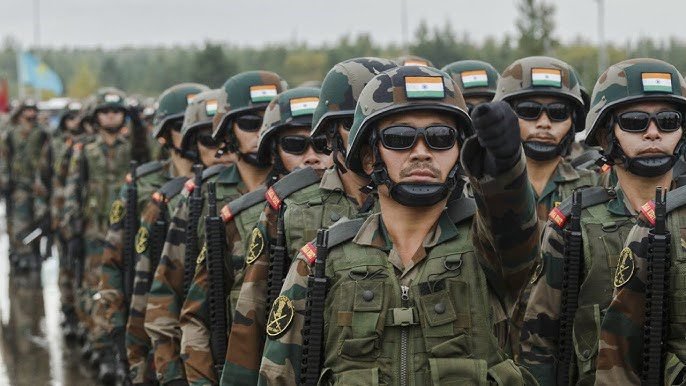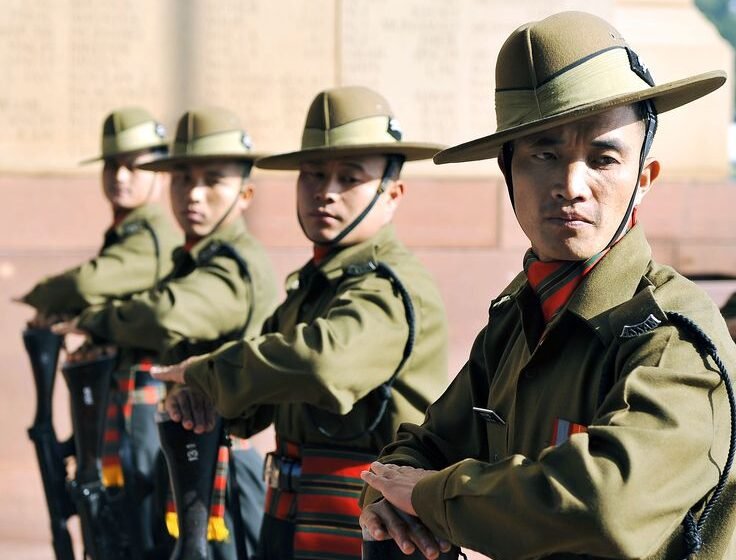– Anushka Sengupta → Spotlight Parasite, Pather Panchali, Crouching Tiger, Hidden Dragon, and their global cultural breakthroughs Cinema is a universal language. For more than 100 years, the global cinema stage was heavily influenced by Western, and especially Hollywood narratives. Yet some landmark films from Asia and other non-Western parts of the world broke those […]Read More
Tags : INDIA
– Arushi Kastwar Cinema has long been a powerful medium for storytelling, capable of evoking emotions, challenging perceptions, and inspiring action. Throughout history, films have not only reflected societal issues but have also played a pivotal role in shaping political movements and social awakenings. From the revolutionary fervor of early Soviet cinema to contemporary narratives […]Read More
Celluloid Nation: How Indian Films Documented India’s Historical Journey
-Arushi Kastwar Indian cinema, often referred to as Bollywood, has played a pivotal role in documenting the historical journey of India. Through the lens of filmmakers, the struggles, triumphs, and cultural evolution of the nation have been captured, providing audiences with a rich tapestry of narratives that reflect the complexities of Indian society. From the […]Read More
– Arushi Kastwar Colonialism has long been a subject of intense scrutiny and debate, shaping the histories and identities of nations across the globe. The struggle against colonial rule has inspired countless narratives, but few have captured the essence of anti-colonial sentiment as powerfully as cinema. Films have the unique ability to transcend cultural boundaries, […]Read More
From Scripts to Scriptures: When Cinema Recreated Mythology and History
-Arushi Kastwar Cinema, as one of the most powerful forms of storytelling, has the unique ability to breathe life into legends, myths, and histories, transporting audiences across time and space. When filmmakers choose to recreate mythology and history on screen, they undertake an immense responsibility—they are not just telling stories, but are reinterpreting collective memories […]Read More
– Arushi Kastwar In the sacred city of Nashik, on the tranquil banks of the Godavari River, lies a lesser-known but spiritually profound site — the Lakshman Temple. While Nashik’s Panchavati area is dotted with significant Ramayana-era landmarks, this temple stands out as a peaceful homage to Lakshman, the loyal brother of Lord Rama. According […]Read More
– Trushti Dand The Madras Regiment, established in 1758, is the oldest infantry regiment in the Indian Army. It was raised by the British East India Company at Madras (now Chennai) and initially comprised troops from southern India, especially the Tamil, Telugu, Malayalam, and Kannada speaking regions. It began as part of the Madras Presidency […]Read More
– Trushti Dand The Naga Regiment is one of the youngest infantry regiments of the Indian Army, known for its fierce combat ability, unmatched endurance, and the deep martial traditions of the Naga tribes of Nagaland. It was raised on 1 November 1970 at the Kumaon Regimental Centre (KRC), Ranikhet, under the larger framework of […]Read More
– Trushti Dand The Assam Regiment was raised on 15 June 1941 in Shillong, then the capital of Assam under British India. The creation of the regiment was a response to the growing threat of Japanese advancement through Burma during World War II and the lack of adequate representation from India’s Northeast in the British […]Read More
War on the Silver Screen: How Cinema Captured the Horrors
-Anushka Sengupta In all its unexpected acts of bravery and devastating consequences throughout history, War has long been one of the most inspiring subjects for filmmakers. Cinema’s unique visual and emotional medium presents enormous possibilities to convey the terror, trauma, and triumphs of wartime as no history book ever can. Films such as Schindler’s List […]Read More
